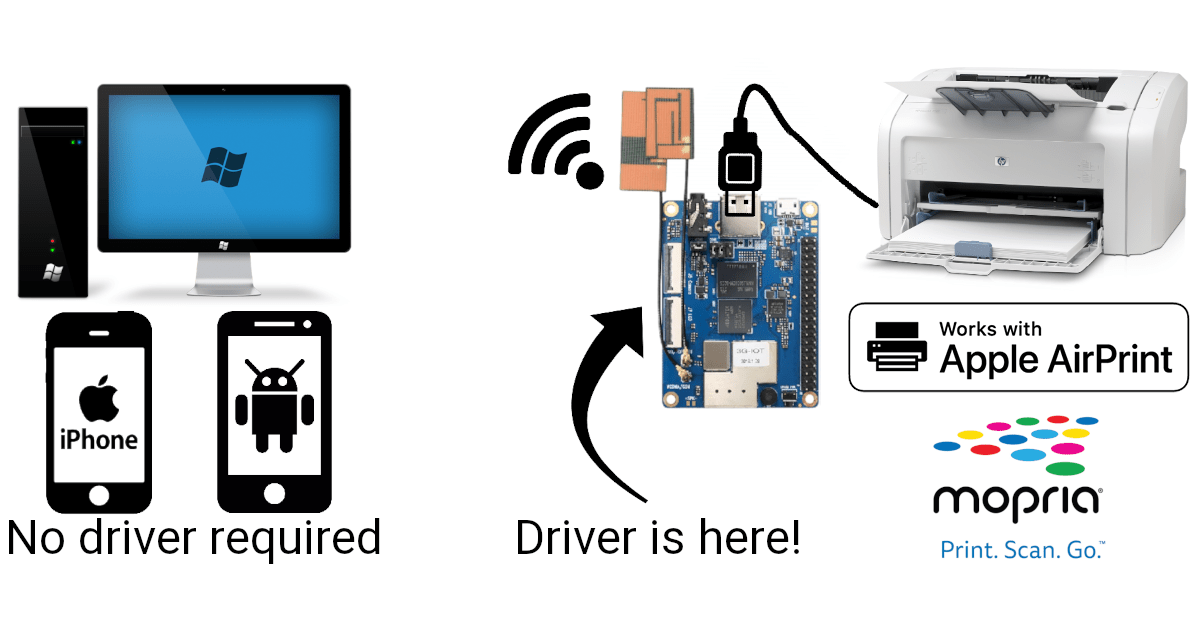11M IOPS & 66 GiB/s IO on a Single ThreadRipper Workstation: A Deep Dive
This article details the configuration of an AMD ThreadRipper Pro workstation with 10 PCIe 4.0 SSDs to achieve 11M IOPS for 4kB random reads and 66 GiB/s throughput for larger IOs. The author tackles bottlenecks like RAM access and CPU limitations, delving into Linux block I/O internals and their interaction with modern hardware. The process includes hardware selection, I/O configuration (direct I/O and I/O schedulers), multi-disk testing, and BIOS settings, ultimately achieving remarkable performance.

















